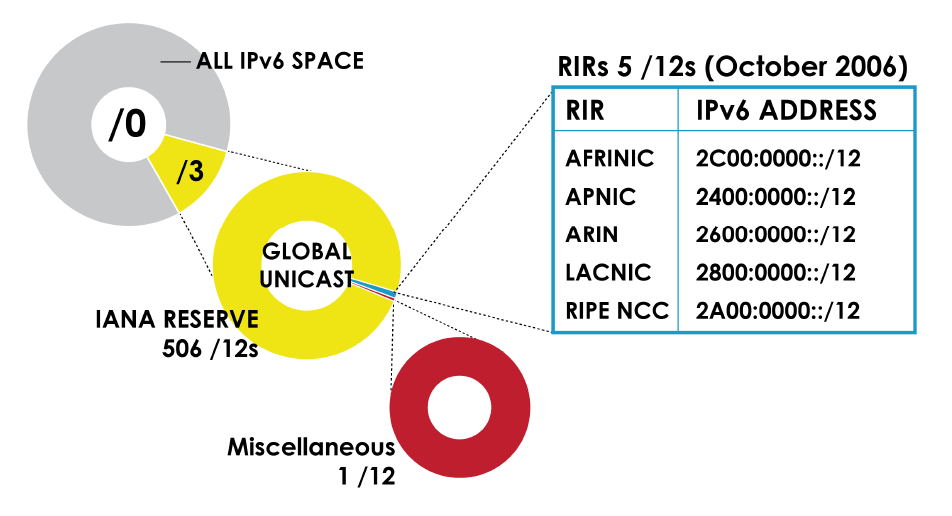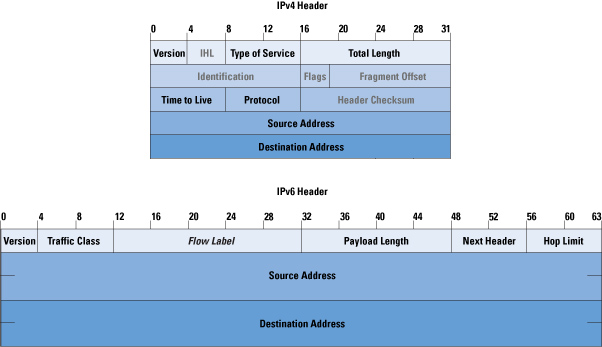
These zeroes do not have to be written we assume the zeroes are there when we write the address as It contains 16 zeroes on the right side of the address. Here is an example of an IPv6 address, followed by its binary form (Rinehart, 2012):Īs you can see, there is a reason IPv6 addresses are written in hexadecimal form.īut IPv6 addresses can be shortened even further (Azam 2013)! Notice the IPv6 address in the picture above. Digits larger than 9 are replaced with letters, A through F, with A representing 10 and F representing 15.

Each digit represents a number from 0 to 15, or four bits. Hexadecimal notation shrinks a 128-bit binary IP address into a scant 32 digits.

As IPv6 addresses are 128 bits long, writing 128 zeroes and ones would be prohibitively inefficient! Even writing the addresses in base 10 form, as IPv4 addresses are written, would take too long. IPv6 addresses are written in hexadecimal form.


 0 kommentar(er)
0 kommentar(er)
